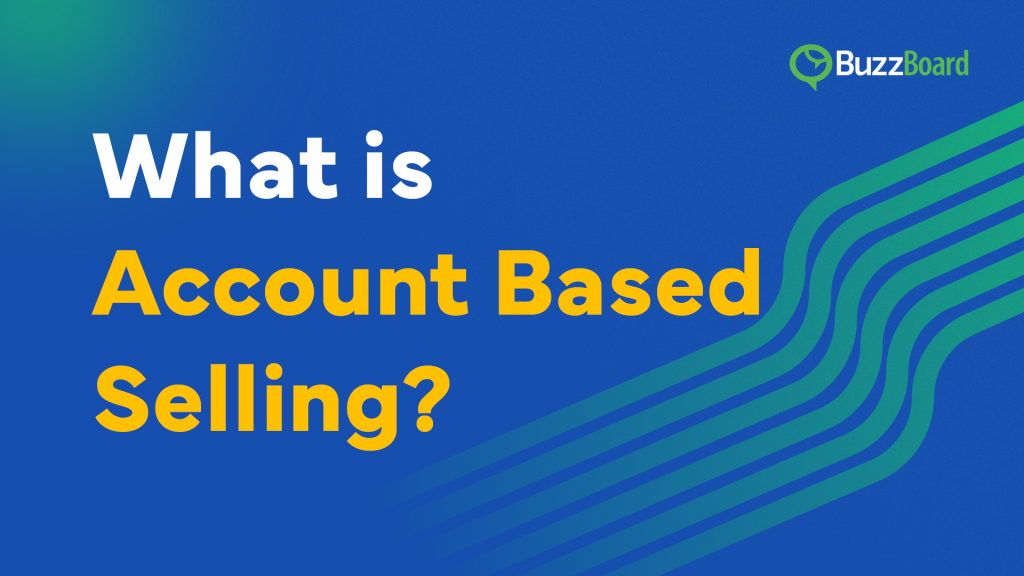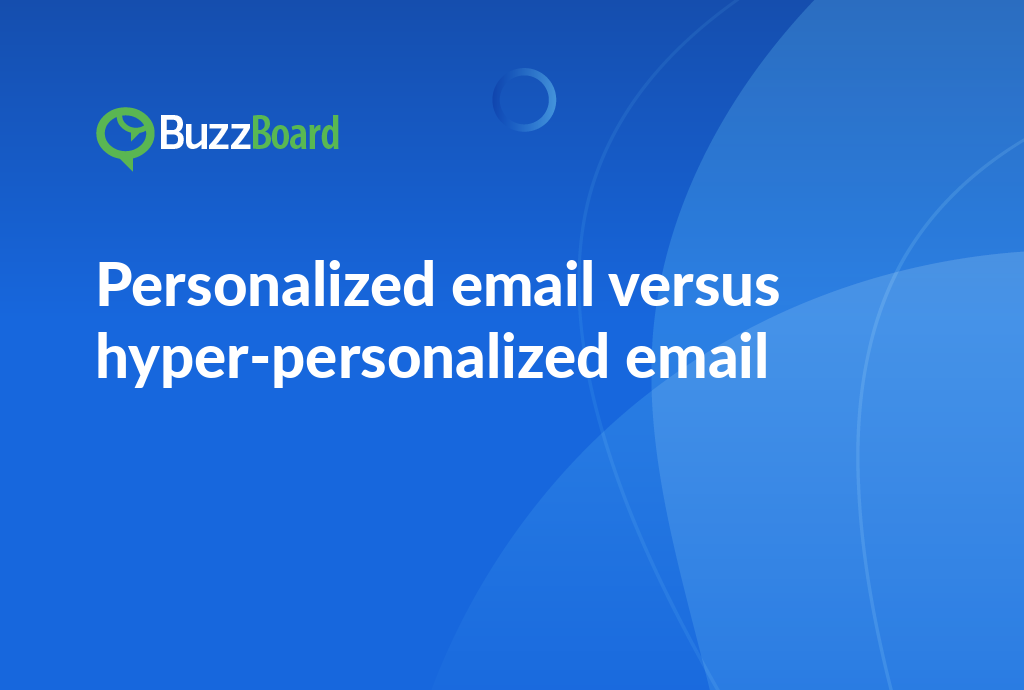Account-Based Selling is a sales approach that focuses on targeting specific accounts, rather than casting a wide net and hoping to catch a few fish. It’s a tailored approach that involves identifying key decision-makers, understanding their pain points, and delivering personalized solutions to meet their unique needs. In essence, ABS is a customer-centric approach that prioritizes building relationships and providing value to a select group of accounts.
Overview of Account-Based Selling
ABS is not a new concept, but its popularity has surged in recent years due to the rise of software-as-a-service (SaaS) models. With the ability to deliver software solutions remotely, sales teams can now focus on high-value, high-touch interactions with key decision-makers. ABS is particularly effective in the small business market, where relationships and trust are paramount.
The core principles of ABS include:
- Identifying target accounts: Sales teams identify a select group of accounts that align with the company’s target market and have the potential to drive significant revenue.
- Research and profiling: Sales teams conduct thorough research on each target account, gathering insights on company size, industry, and pain points.
- Personalized outreach: Sales teams craft personalized messages and outreach strategies tailored to each target account.
- Relationship-building: Sales teams focus on building relationships with key decision-makers, providing value and addressing their unique needs.
- Measuring success: Sales teams track key performance indicators (KPIs) to measure the success of the ABS strategy.
Comparison with Account-Based Marketing
While Account-Based Marketing (ABM) and Account-Based Selling share some similarities, they are distinct strategies. ABM focuses on marketing efforts, such as content creation and advertising, to target specific accounts. ABS, on the other hand, is a sales-focused approach that prioritizes building relationships and providing value to key decision-makers.
In essence, ABM is about getting the right message to the right person, while ABS is about delivering the right solution to the right person. Both strategies are crucial components of a comprehensive sales strategy, and when executed effectively, can drive significant revenue growth.
Intersection with Consultative Selling
ABS and Consultative Selling share a common thread – both prioritize building relationships and providing value to customers. Consultative Selling is a sales approach that focuses on understanding customers’ needs and providing tailored solutions. ABS takes this approach a step further by targeting specific accounts and delivering personalized solutions.
In the context of ABS, consultative selling is essential for building trust and credibility with key decision-makers. By understanding the unique pain points and challenges of each target account, sales teams can deliver tailored solutions that meet their specific needs.
Guidance for Digital Marketing Agencies
For digital marketing agencies considering implementation of ABS, here are some key takeaways:
- Identify target accounts: Focus on identifying a select group of accounts that align with your target market and have the potential to drive significant revenue.
- Develop personalized messaging: Craft personalized messages and outreach strategies tailored to each target account.
- Leverage technology: Utilize sales intelligence tools and CRM software to streamline the ABS process and track key performance indicators.
- Prioritize relationship-building: Focus on building relationships with key decision-makers, providing value and addressing their unique needs.
- Measure success: Track key performance indicators to measure the success of the ABS strategy and make data-driven decisions.
Implementing Account Based Selling
To implement ABS, digital marketing agencies should start by identifying a select group of target accounts that align with their target market and have the potential to drive significant revenue. This involves:
- Conducting market research to identify key industries, company sizes, and job titles that align with the agency’s services
- Utilizing sales intelligence tools to gather data on potential target accounts, such as company size, revenue, and employee count
- Creating a list of target accounts that meet the agency’s criteria
Develop Personalized Messaging
Once target accounts are identified, digital marketing agencies should develop personalized messaging and outreach strategies tailored to each account. This includes:
- Creating customized content, such as blog posts, whitepapers, and case studies, that speak to the unique needs and pain points of each target account
- Crafting personalized emails and LinkedIn messages that address the specific needs and interests of each target account
- Utilizing account-based marketing automation tools to streamline the outreach process and personalize messages
Leverage Technology
To streamline the ABS process and track key performance indicators, digital marketing agencies should leverage technology, including:
- Sales intelligence tools, such as Datanyze or InsideView, to gather data on target accounts and track key performance indicators
- CRM software, such as Salesforce or HubSpot, to manage sales pipelines and track interactions with target accounts
- Account-based marketing automation tools, such as Terminus or Engagio, to streamline the outreach process and personalize messages
Prioritize Relationship-Building
To build relationships with key decision-makers, digital marketing agencies should prioritize relationship-building, including:
- Researching key decision-makers and their interests to craft personalized messages and outreach strategies
- Utilizing social media and LinkedIn to build relationships and establish thought leadership
- Hosting webinars, workshops, and other events to educate target accounts and establish the agency as a thought leader in the industry
Measure Success
To measure the success of the ABS strategy, digital marketing agencies should track key performance indicators, including:
- Conversion rates: The percentage of target accounts that convert to paying clients
- Response rates: The percentage of target accounts that respond to outreach efforts
- Revenue growth: The increase in revenue generated from target accounts
- Customer satisfaction: The level of satisfaction among target accounts with the agency’s services
By following these approaches, digital marketing agencies can effectively implement Account-Based Selling and drive significant revenue growth.
In conclusion, Account-Based Selling is a sales approach that prioritizes building relationships and providing value to key decision-makers. By understanding the unique needs of each target account and delivering personalized solutions, sales teams can drive significant revenue growth and establish long-term relationships with key decision-makers. As the Vice President of Sales, it’s essential to stay ahead of the curve and adapt to changing market trends. By embracing ABS, you can drive growth, increase revenue, and establish your company as a leader in the small business market.









